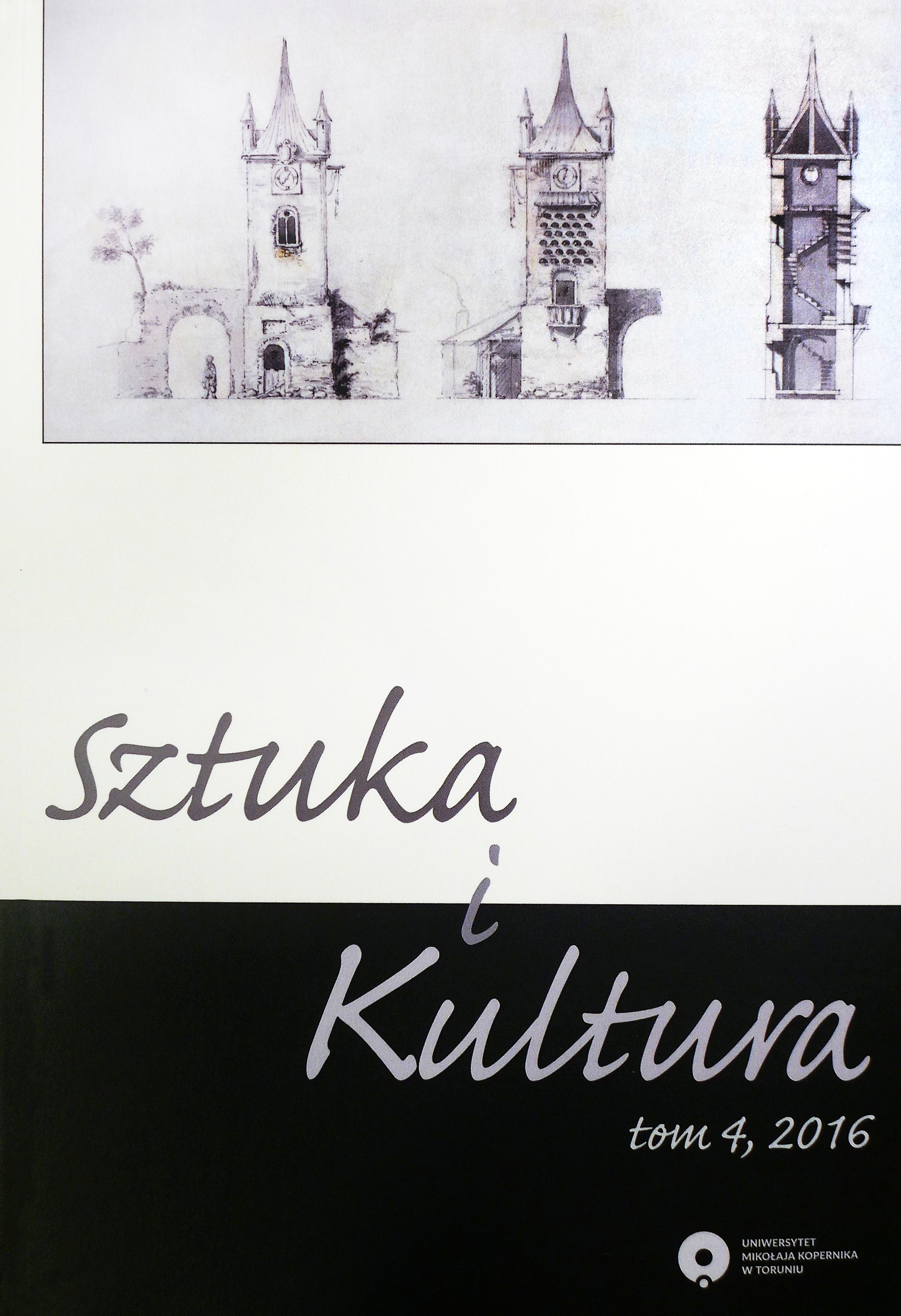Witold Urbanowicz. Polish Pallottine-artist in Paris
DOI:
https://doi.org/10.12775/SZiK.2016.008Keywords
Witold Urbanowicz, sztuka religijna na emigracji w XX wieku, malarstwo, rzeźba, witraż, ParyżAbstract
The article is devoted to the selected aspects of the work of Witold Urbanowicz, a Pallottine monk, living and creating in France for the last couple of decades. His multi-threaded creation in the realm of painting, sculpture and stained glass is analyzed in the context of the first monographic exhibition (2 June – 30 September 2017, The District Museum in Suwałki (Muzeum Okregowe w Suwałkach))
Ever since his first years in Paris, where Urbanowicz came in 1972, the artist was one of the members of the editorial team of the Pallottine publishing house Editions du Dialogue as well as of lecture-discussion centre Centre du Dialogue, founded by reverend Josef Sadzik. The mentioned centre, until the Berlin Wall fell in 1989 was the main centre of Polish cultural life in France as well as the most important meeting point with politicians, researchers and artists.
Living in the heart of Paris, in the Gathering Home of Pallottines at 25 rue Surcouf, Witold Urbanowicz SAC met numerous people important in Polish culture, literature and art, both those who still worked in the post-war Poland as well as the ones who had no intention of returning to the post-Yalta Poland after 1945.
The article points out the clues and directions crucial to the understanding of Urbanowicz's artistic output, which did not appear out of the blue and without impulses and inspiration coming from the surrounding environment. This painter, sculptor and stained glass artist may not have always been aware of the fact that the shifts and evolution in both formal and stylistic aspects of his creative expression were influenced by the style of various artists living in France and attending the Pallottine Centre; those included Josef Czapski, Alina Szapocznikow or Jan Lebenstein, who in 1970 completed his stained-glass series 'Apocalypse', embellishing the lecture hall of the Centre, which doubles as a chapel in the Pallottine Home in Paris.Downloads
Published
How to Cite
Issue
Section
Stats
Number of views and downloads: 866
Number of citations: 0



